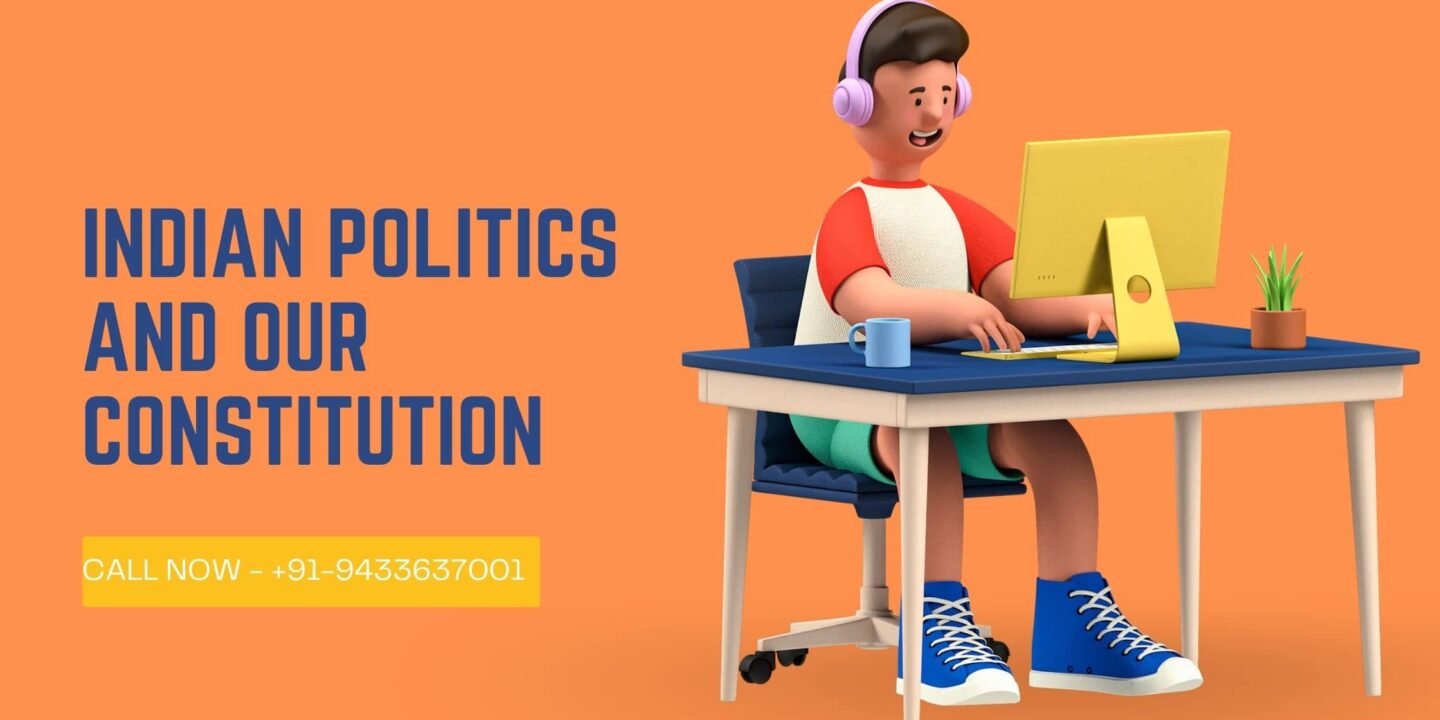
1951, though, is a major milestone in the history of Indian elections. The first elections held after Indian independence were conducted in 1951 under the Government of India Act, 1935. These were first open elections where every citizen had one vote. Although it was interesting to see Congress’ dominance of politics and power began to unravel from this point onward. The Congress was still far from losing power however and won 364 out of 489 seats in the Lok Sabha, with the All India Muslim League winning just four seats
The politics of India take place within the framework of its constitution
The history of Indian politics is the story of the world’s largest democracy evolving into a modern nation. Its a tale of how India, which gained independence from British rule in 1947, has gradually transformed itself, in fits and starts, from an agrarian society that was caught in the throes of a feudal system to an urban and industrial one.
Historical Data of Indian Politics
Historically, India has been a cluster of diverse kingdoms which had their own political and administrative systems. The period between the 2nd century BC and 4th century AD saw the emergence of Mauryan dynasty which was followed by the Gupta Empire. The period between the 7th century onwards saw the emergence of several Muslim dynasties and empires including Delhi Sultanate and Mughal Empire. In 1757, East India Company gained control over parts of India under Battle of Plassey and later gained Diwani rights in 1765 after Battle of Buxar. The Company rule lasted till 1858 when it was ruled by Crown. After Independence, Indian constitution came into effect on 26 January 1950 wherein India became a democratic republic with universal adult franchise for all Indians. India had its first general election in 1951, which was won by the Indian National Congress, a political party that went on to dominate subsequent elections until 1977,
First Political Party in INC election performance
The Indian National Congress dominated the first two decades after independence, of a total of thirteen Lok Sabha elections. In 1952, 1957 and 1962 it won 371, 371 and 361 seats respectively, with around 45% of total votes in 1952 and 1957, and 44% of votes in 1962. The party enjoyed a parliamentary majority except for a brief period during the 1960s. Prime Minister Jawaharlal Nehru died in office in 1964 and was succeeded by Lal Bahadur Shastri, who also died in office in 1966; both are considered important figures in the Congress Party’s domination of Indian politics in its first three decades after independence.
The next general election was held in 1967, when the Congress Party lost its majority but formed a government under Indira Gandhi’s leadership as part of an uneasy coalition with smaller parties. That coalition fell apart two years later, leading to a landslide victory for the Congress Party in 1971. The Janata coalition came to power briefly in 1977, after the 1976–77 Indian Emergency imposed by then Prime Minister Indira Gandhi led to her defeat at the polls that year.
The Indian National Congress has been the single largest party in every general election held so far. The Congress had a majority in the Lok Sabha from 1951 to 1967 and from 1980 to 1989.
The Indian National Congress won a plurality in the first three general elections. After that, it won a majority in the next four general elections. In the 2014 general election, the Bharatiya Janata Party (BJP) won a majority, thus becoming the first non-Congress party to form a government at the Centre on its own.

BJP national party brief discussion
The Janata Party was able to form a majority government after winning just 44 seats in 1977 as leaders of several regional parties joined hands with it to form a coalition government collectively known as the Janata Alliance. This alliance broke up in July 1979 with Morarji Desai resigning as Prime Minister, and the subsequent return of Indira Gandhi as Prime Minister and leader of the INC (I), which led to fresh elections in January 1980
In 1989, V.P Singh became the first non-Congress prime minister to complete a full 5-year term.[9] However, his National Front (NF) coalition suffered defeat in the 1989 elections with Rajiv Gandhi returning as prime minister; he was succeeded by P. V. Narasim
Conclusion
India’s general election in 2014 was held to constitute the 16th Lok Sabha, electing members of parliament for all 543 parliamentary constituencies. Running in nine phases from 7 April to 12 May 2014, it was the longest election in the country’s history. According to the Election Commission of India, 814.5 million people were eligible to vote, with an increase of 100 million voters since the last general election in 2009, making it the largest-ever election in the world. Around 23.1 million or 2.7% of the total eligible voters were aged 18–19 years. A total of 8,251 candidates contested for the 543 Lok Sabha seats. The average election turnout over all nine phases was around 66.38%, the highest ever in the history of Indian general elections. If you want to become a Politician should be enroll our courses and check our course details here.













3 replies on “History of the Indian Politics”
Can you be more specific about the content of your article? After reading it, I still have some doubts. Hope you can help me.
Thank you for your sharing. I am worried that I lack creative ideas. It is your article that makes me full of hope. Thank you. But, I have a question, can you help me?
Thank you for your sharing. I am worried that I lack creative ideas. It is your article that makes me full of hope. Thank you. But, I have a question, can you help me?